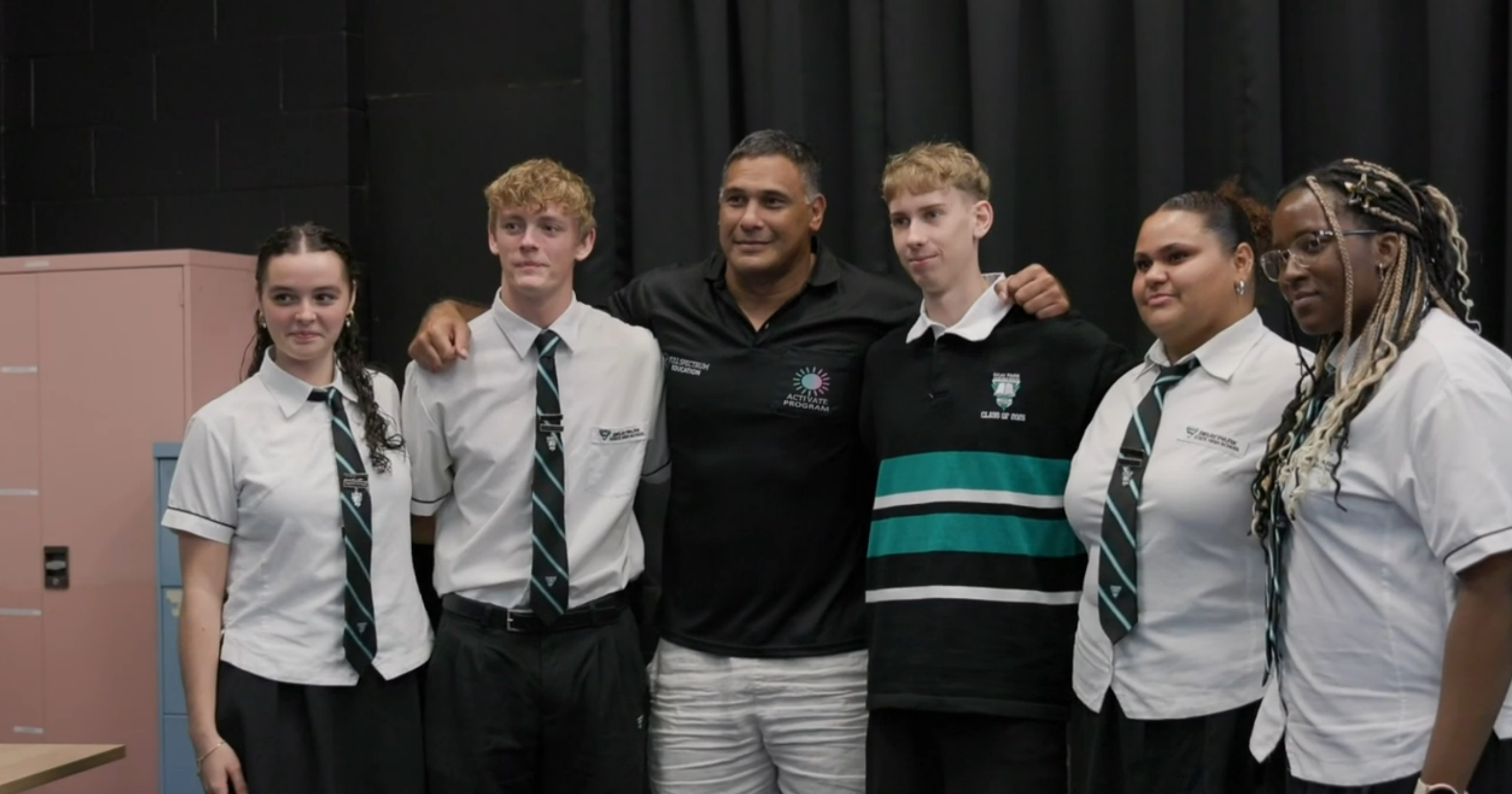


NOTE: This is a reworking of an article originally published in Gifted, the NSW Association for Gifted and Talented Children Journal
HOW CAN TEACHERS HELP STUDENTS FIND THE ZONE?
Begin with pre-testing of students.
In his seminal text, Basic Principles of Curriculum and instruction, Ralph Tyler pointed out as early as 1949 that “Without knowing where the students were at the beginning, it is not possible to tell how far changes have taken place “(p. 106). He further argued that, “It is clear that an educational evaluation involves at least two appraisals-one taking place in the early part of the program and the other at some later part so that the change may be measured.” The longevity of this concept of pre and post testing was recently highlighted in a blog by Shaun Killian who referenced the arguments of educator john Hattie in arguing that for teachers to, “To know thy impact involves measuring progress, not A-E achievement. To do this you need to use the basic pre-test/post-test format.” (2017) This is central to understanding where the student’s skills and knowledge lies. Pre-testing might take the form of administering end of unit examinations at the beginning of the unit, or it might involve using past examinations. A pre-test is vital for the identification of what students don’t know, or can’t do, (which will then form the basis of the teaching program) but also what students do know and can do (and, because this has been demonstrated already, shouldn’t have to recover). (MacLeod & Targett, 2001)
Differentiate class assignments and learning outcomes.
One of the realities of modern education for most teacher is the presence in their classroom of many children with diverse and special needs. One suggested strategy for meeting the needs of a variety of learners is through a differentiated curriculum within the mainstream classroom. Conceptually, a differentiated curriculum offers support for those learners at risk while challenging those who require extended learning opportunities. In practice, the implementation of such a curriculum is time consuming and difficult but rewarding for both student and teacher.
Through a differentiated curriculum, the teacher can explore similar content with all students, but challenge students to achieve different levels of outcome depending on the students' individual abilities. This strategy can also be applied to assessment (formative or summative). In planning class tasks or assessment, it is useful refer to Bloom et al’s revised Taxonomy (Krathwohl, 2002) to ensure both low level and higher-level questions are included. Differentiating tasks can be as simple as setting different questions of different complexities for different groups- colour coding works well here or using three level guides. A single worksheet of graded complexity (perhaps using bloom et al) could be begun & ended at different stages by different groups who then report back to the whole class or to a jigsaw groups.
In designing the differentiated units of work, it is useful to consider the aims outlined by Tomlinson (1999):
Begin by considering student differences;
Focus on multiple intelligences and learning styles;
Vary teaching strategies and learning environments;
Focus on essential skills and the making of meaning of key concepts and principles;
Aim to develop self reliant learners;
Develop a collaborative approach to problem solving.
Incorporate Multiple Intelligences into your lessons.
Howard Gardner’s unproven but popular theory of Multiple intelligences considers intelligence in a manner different from that suggested by the IQ score generated by a WISC III (for example). He argues that a person is ‘intelligent’ “if they can solve problems that confront them in life and can (or will in the case of children) produce goods or services that are of value to the people around them (their society). Gardner found that there was a wide variety of ways by which the human mind approached problem solving or producing goods or services.” (Pittelkow, 2001:16) Gardiner has identified 8 distinct ways people learn and comprehend reality (‘intelligences’): Linguistic, Logical/Mathematical, Visual/Spatial, Bodily/Kinaesthetic, Musical, Interpersonal, Intrapersonal and Naturalistic. Gardiner’s theory has strong ramifications for the classroom: if we can identify children's different strengths and weaknesses, we can better accommodate the learning needs of the diverse children in our classrooms by teaching to their orientation to learning, or encouraging students to strengthen their weaker intelligences. A particularly useful inventory tool is available courtesy of educational psychologist Andrew Fuller at https://mylearningstrengths.com/.
BY SUE BURVILLE - SHAW
REFERENCES
DeGiglio K., & Greenslade, D., (1994), Towards Collaborative Learning, Department for Education and Children’s Services:
Adelaide.
Gardner, H. (1983) Frames of Mind: A Theory of Multiple Intelligences Basic Books: . New York
Gross, M. (2000). “Recognising and Responding to the Underachievement of Gifted and Talented Students” Paper presented to the Excellence in Teaching and Learning 2000 Conference, Perth WA, January 24
Harvard University (2019) Project Zero, http://www.pz.harvard.edu/projects/visible-thinking
Jordan, D. W., and Le Métais, J., (1997), "Social Skilling Through Cooperative Learning", in Educational Research, Vol. 39, No. 1, pp. 3-21.
Krathwohl, D. R., (2002), A Revision of Bloom's Taxonomy: An Overview, theory into practice, 41 (4), pp 211-225.
Killian, S., (2017) Know Thy Impact, The Australian Society for Evidence Based Teaching, accessed March 3rd 2017, http://www.evidencebasedteaching.org.au/know-thy-impact/
MacLeod, B & Targett, R, (2001) “Differentiating the Curriculum” Workshop presented Brisbane, June 21.
Marsh, C, (ed)., (1998), Teaching Studies of Society and Environment, 2nd Ed., Prentice Hall: Sydney.
Pittelkow, K (2001) Variety is the spice of life: multiple intelligence and the gifted, Gifted NSWAGTA April , No. 118
Reis, S et al, (1992) Curriculum Compacting Hawker Brownlow:Melbourne
Tomlinson, CA (1999) The Differentiated Classroom: Responding to the Needs of All Learners ASCD: Virginia
Tyler, R. W. (1949) Basic Principles of Curriculum and Instruction, University of Chicago Press: Chicago